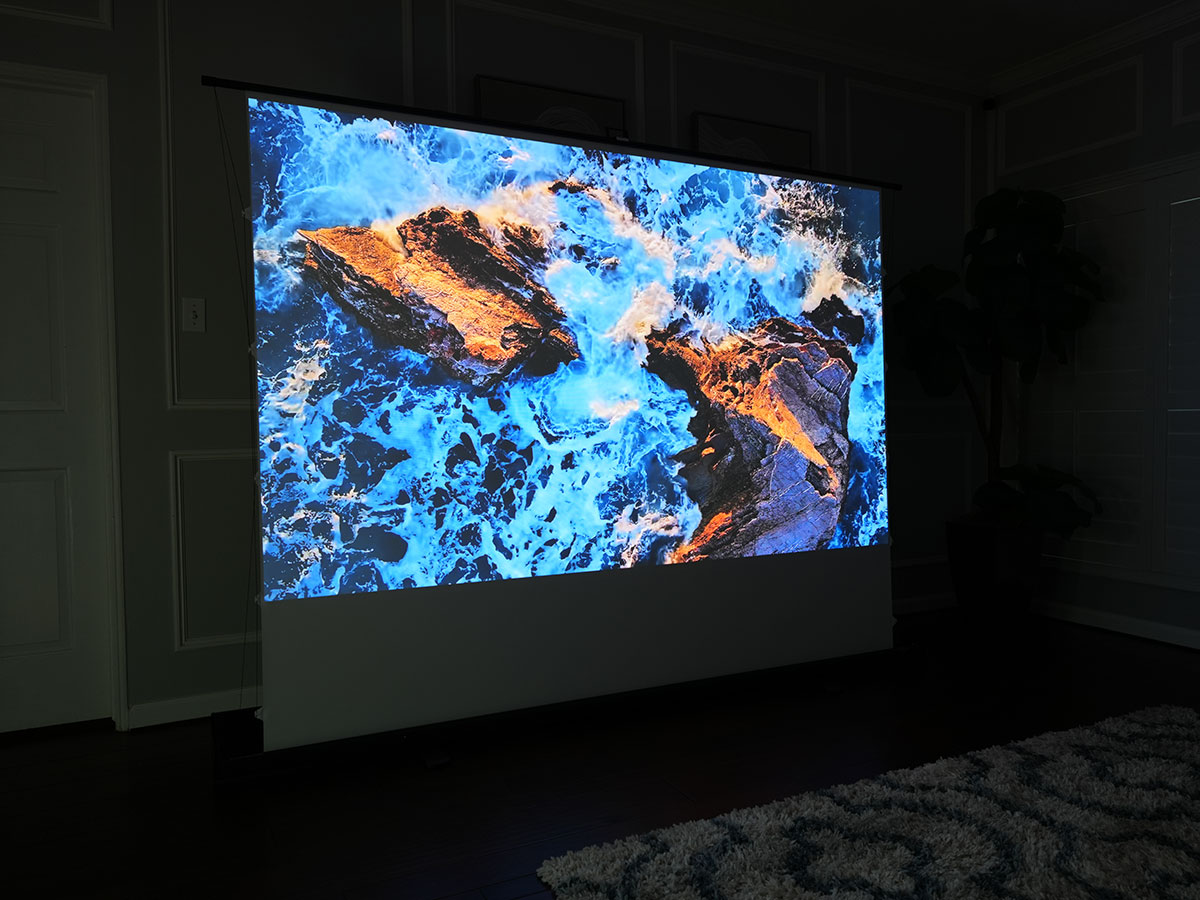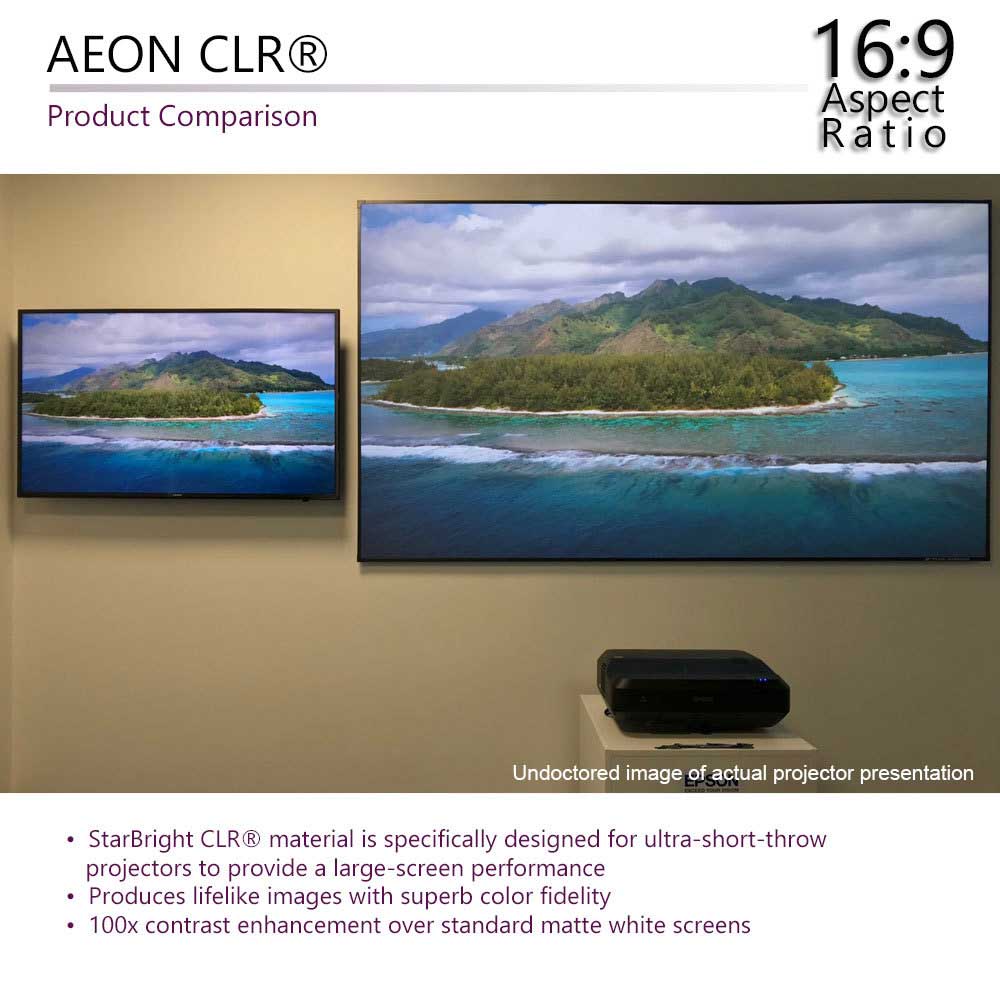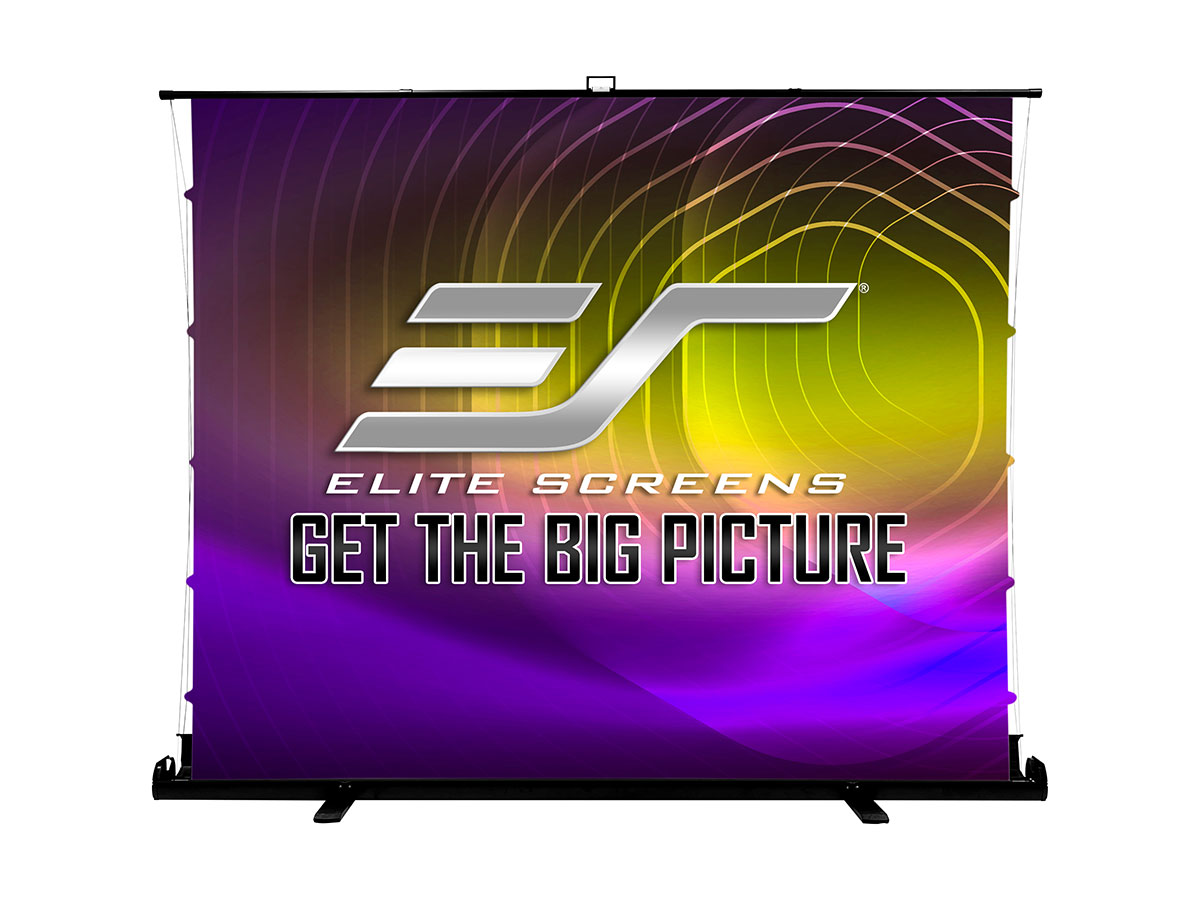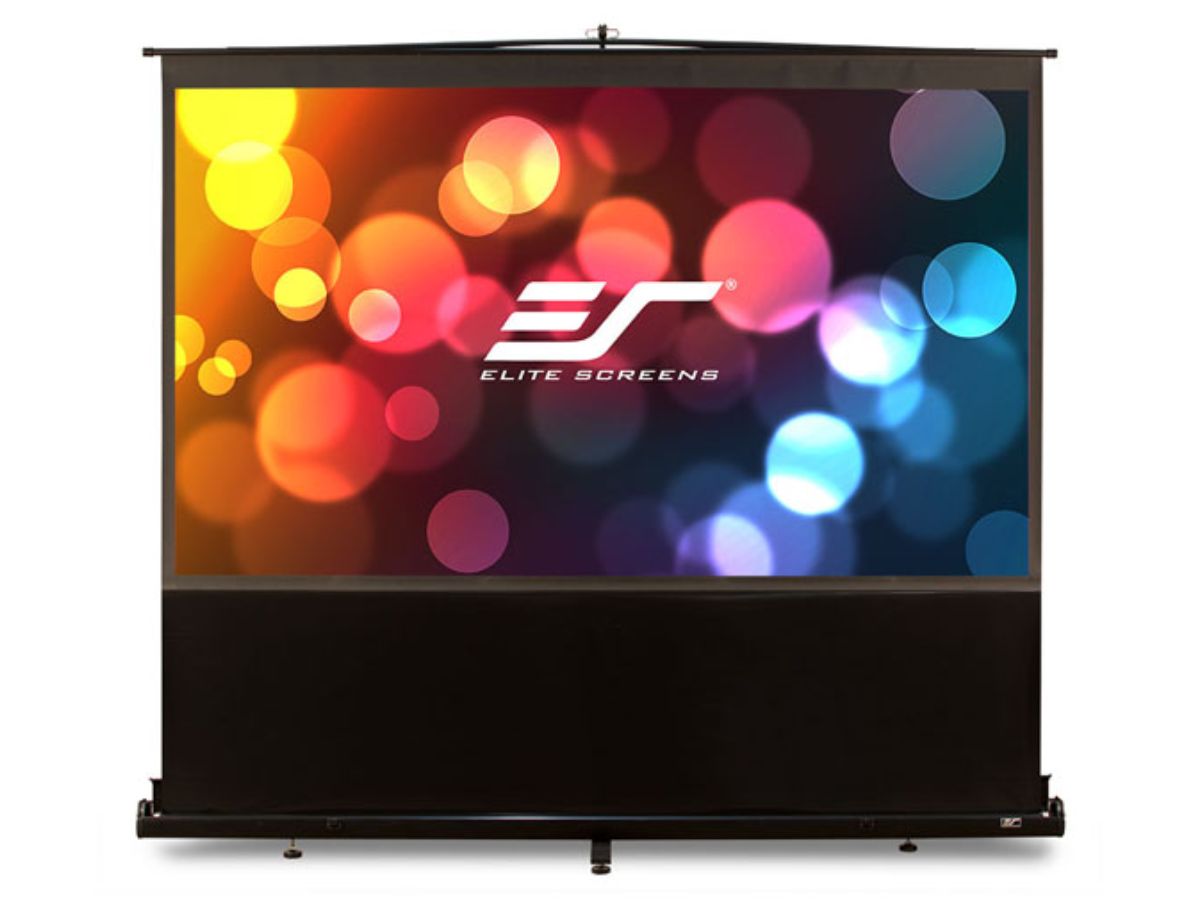The Enigma of Ambient Light Rejecting Projector Screens
Over recent years, some AV trends such as “3-D” have come and gone. Other trends such as 4K are justly deemed a true step in the right direction. “Ambient Light Rejecting” technology or ALR is another such step. The ultimate goal of ALR is to give video enthusiasts what they truly want from a projection screen; brightness and picture quality that either rivals or surpasses what a large flat panel can do with the lights on or off. For this reason, ALR represents the proverbial “Holy Grail” of what buyers should expect from a projection system. Right now, a good 100” flat panel display would run for around $90k+ and require a structural engineer to install it, whereas a 100” ALR screen with good projector can be obtained for as low as about $2500 and installed in minutes.
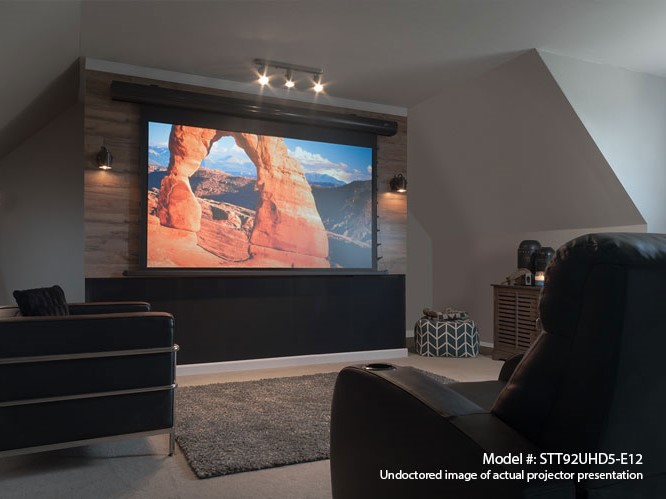
This is what ALR actually does vs. White Screens.
ALR screens are essentially the technological ‘new kid on the block’. They are designed to filter out the milky washout effect created by high levels of ambient room lighting. Traditional white projection materials have “wide diffusion uniformity”. This means that the image is equally bright regardless from whatever angle within the screen’s 180° range it is viewed from. Likewise, this material not only reflects the direct light coming from the projector, but indirect light as well. Indirect light includes outdoor sunlight, room lighting, and even light from the screen itself reflecting off whitewashed walls…and glaring back onto the screen. All these light signals from different sources “mosh” together creating a, washed out image unless you have a means of physically keeping indirect lighting to a minimum. This is why the traditional home theater room is a dark place. An ALR material essentially diverts the majority of indirect lighting from other sources while ensuring that the projected (or direct) image will not only be free from getting washed-out but color is more vibrant and the dark level definition (or contrast) is more pronounced. So in addition to enhancing picture clarity an ALR screen will maintain this performance even with the brightness of normal room lighting conditions.
So why do we care about this Ambient Light all of the sudden?
In the past, a true “home theater” was a costly venture few people could afford. Projectors typically had price tags similar to that of a new car. Recently, industry competition produced projectors, screens and other AV gear at price points so low that even modest incomes could afford one. Also, current building trends indicate a lack of interest in rooms with limited functionality. This has brought projectors and screens out of the “dark-room” and into the living room. Large projection screens are taking over the television role as the household’s primary window to the outside world. The big question however, was “how do you bring a projection screen out of the dark without losing picture quality?” The obvious answer was to create a screen that could “ignore” other light sources while presenting a clear projected image.
So how does ALR work?
There are various designs but essentially the material is multi-layered consisting of a reflective compound that filters out indirect light below a contrast-enhancing protective surface coating. Most commonly, this involves the use of “micro structures” that are invisible to the naked eye on a material that is not more than .3mm thick. These microscopic optical filters actively reflect a projected image while diverting (indirect) ambient light from the viewer’s field of vision. When a cross section of the ALR material is viewed under a microscope, it reveals a serriform cross section that is designed to scatter anything but direct light. The end result is a sharp, clear image with accurate color fidelity, black level performance and flat spectral response.
In summary, the ALR is the next step in home AV design. People want, “bigger”, “cheaper” and “simpler” solutions. Technology will always march on, but for now, the ALR is here to stay.


